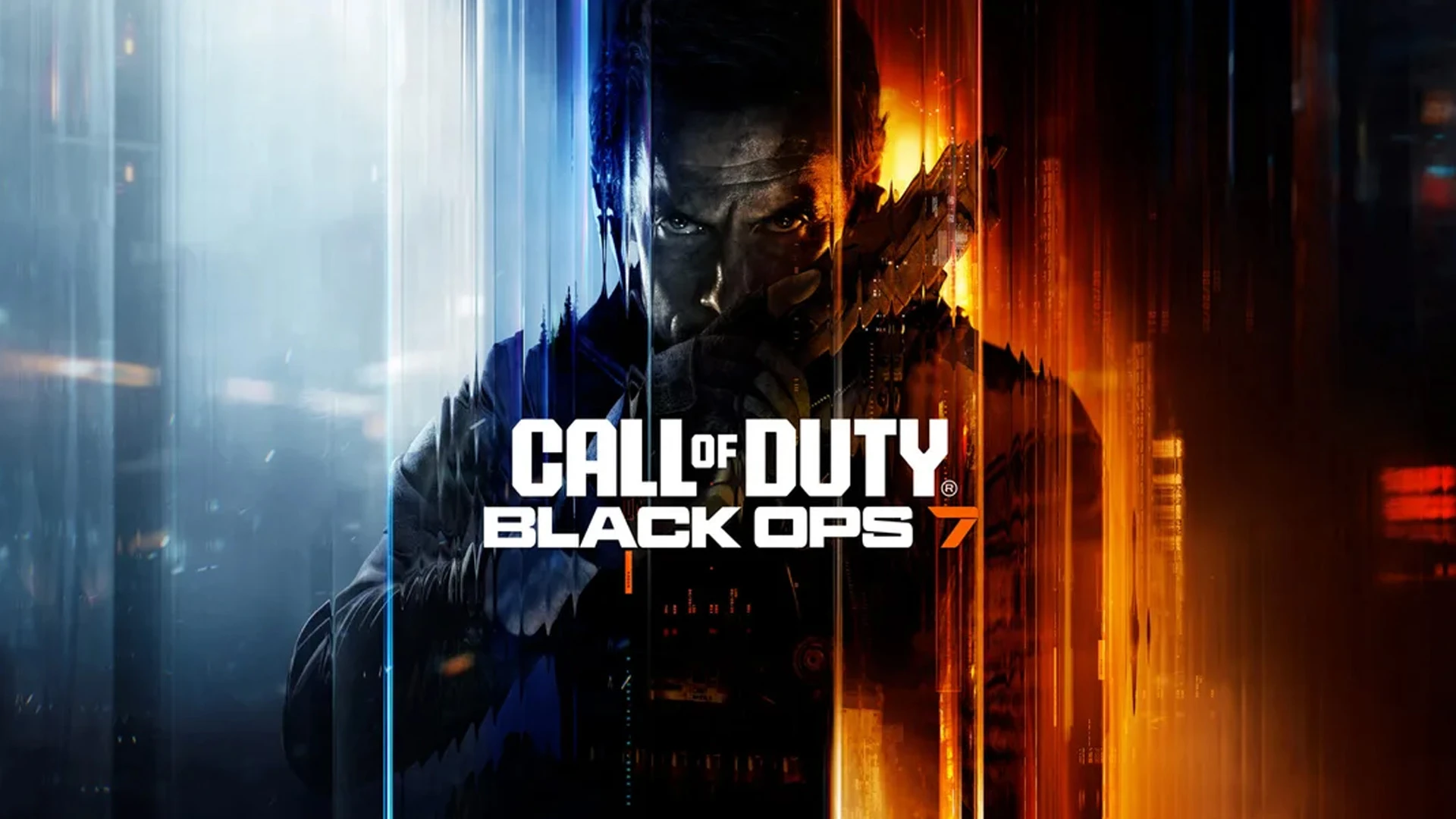So, there's this site called VR Bangers. They offer to capture your intimate moments in virtual reality for a cool 10K. Sounds fancy, I guess, but is that really what we need? Immortalizing your... you know, in VR just feels a bit much. Like, who even wants to relive that? It's just another way to spend money on something that might not even be worth it. Anyway, if you're into that kind of thing, maybe check it out. Not sure it’s my vibe.
#VRBangers #VirtualReality #IntimateMoments #Technology #LackOfExcitement
#VRBangers #VirtualReality #IntimateMoments #Technology #LackOfExcitement
So, there's this site called VR Bangers. They offer to capture your intimate moments in virtual reality for a cool 10K. Sounds fancy, I guess, but is that really what we need? Immortalizing your... you know, in VR just feels a bit much. Like, who even wants to relive that? It's just another way to spend money on something that might not even be worth it. Anyway, if you're into that kind of thing, maybe check it out. Not sure it’s my vibe.
#VRBangers #VirtualReality #IntimateMoments #Technology #LackOfExcitement
















